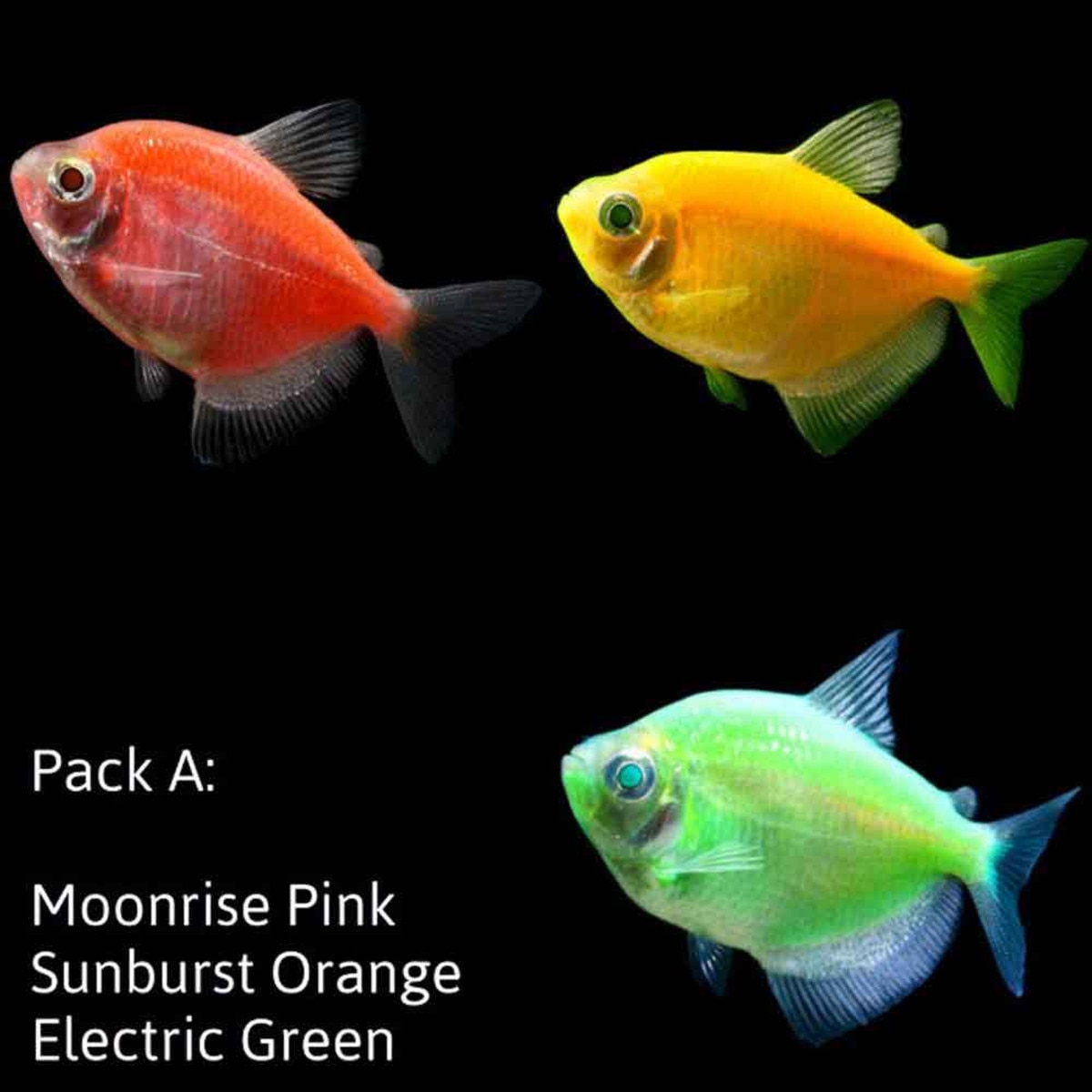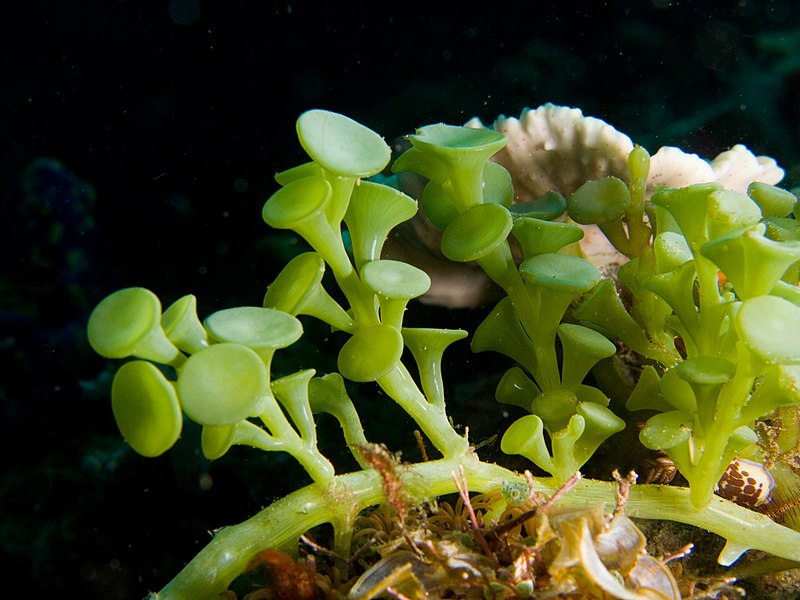 With the growing popularity and availability of fish like GloFish and GloTetras and decorations like our own Pure Aquatic Glow Elements line, “glow-in-the-dark” and fluorescent aquariums are becoming more and more common. Most of these animals and decorations are brightly colored in any light but under special lighting, the colors will really glow. There are two main kinds of light that are used in these aquariums: “blacklights” and actinic lights. Knowing the difference between these two can play an important role in making your tank really stand out, as well as in keeping it healthy. For this blog, we will be focusing in general terms only for community aquariums. Aquarium with invertebrates and corals will have different needs since their light requirements are much more specific and extensive.
With the growing popularity and availability of fish like GloFish and GloTetras and decorations like our own Pure Aquatic Glow Elements line, “glow-in-the-dark” and fluorescent aquariums are becoming more and more common. Most of these animals and decorations are brightly colored in any light but under special lighting, the colors will really glow. There are two main kinds of light that are used in these aquariums: “blacklights” and actinic lights. Knowing the difference between these two can play an important role in making your tank really stand out, as well as in keeping it healthy. For this blog, we will be focusing in general terms only for community aquariums. Aquarium with invertebrates and corals will have different needs since their light requirements are much more specific and extensive.
First, the science…
The colors we see around us come from the light’s wavelength, measured in Terahertz (THz) or nanometers (nm). Most people can see light ranging from about 700nm (reds) to about 400nm (purples). Blacklights and actinic lights both produce light from the bottom of the visible light spectrum (the BIV in ROY G BIV). Most actinic lighting for aquariums has a wavelength of about 420-460nm. The higher end of this range (460nm) produces a more blue color light, while the color shifts to purple approaching the lower end (420nm). This type of lighting is still well within what we are capable of seeing. “Blacklights” emit a light below what we as humans are able to see known as ultraviolet or UV light. Yes, this is the same UV light that we wear sunscreen to protect ourselves against! UV lighting is separated into three major ranges. Blacklight bulbs are UV-A bulbs (315-400nm), the spectrum which causes our skin to tan. For comparison, the UV Sterilizers popular in aquariums for eliminating algae, diseases and parasites are UV-C bulbs (200-280 nm), a destructive spectrum that is mostly filtered out by Earth’s atmosphere and the UV-B range in between is the more damaging rays from the sun that causes sunburn and other harmful conditions. Read More »
 That Fish Blog – Aquarium Advice and Information
That Fish Blog – Aquarium Advice and Information




